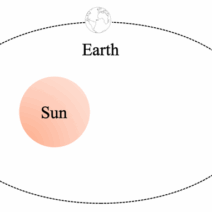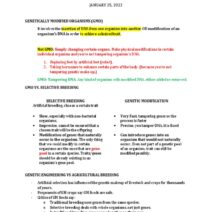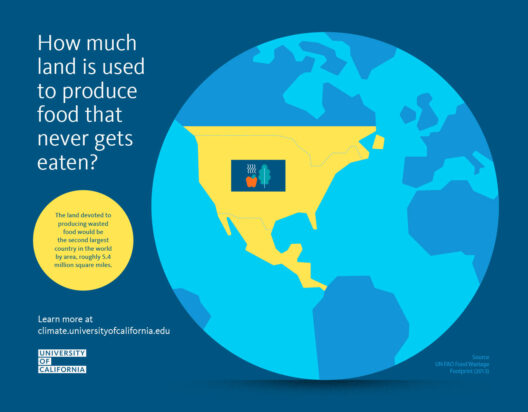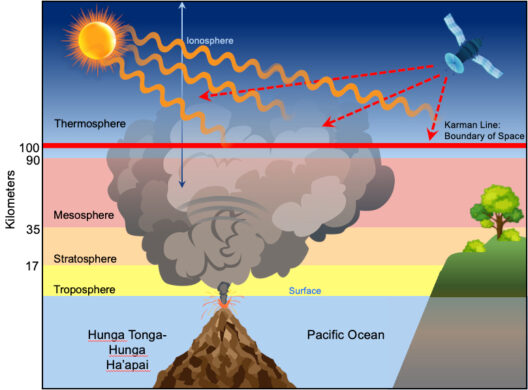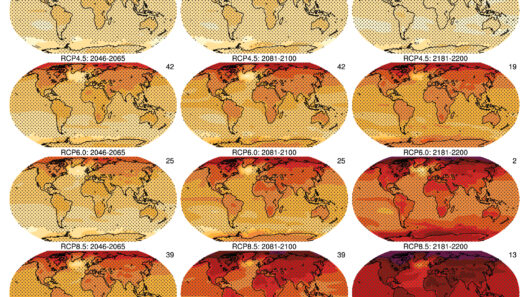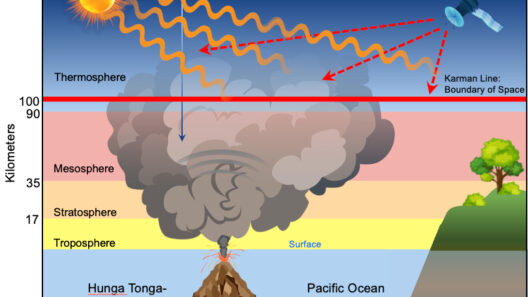Florida, often dubbed the “Sunshine State,” exudes an appeal that is both tantalizing and perplexing. While its name evokes images of perpetual sunshine and balmy breezes, the reality of Florida’s climate is a multifaceted tapestry woven with diverse atmospheric phenomena. For those who seek a deeper understanding of Florida’s weather, it is essential to peel back the layers of this enchanting environment. What truly characterizes Florida’s climate? In this exploration, we will delve into the subtropical fabric of this region, uncovering seasonal idiosyncrasies, meteorological intricacies, and environmental considerations.
Florida’s climate is predominantly influenced by its geographic location—situated between the Gulf of Mexico and the Atlantic Ocean, the state is ensconced in a subtropical environment. This region experiences a mild winter, characterized by lower humidity and pleasant temperatures, making it a haven for those fleeing harsher winter climates. However, the subtropical classification warrants consideration of the distinct wet and dry seasons that punctuate the year. From around May through October, Florida becomes a stage for torrential downpours and thunderstorms, while the winter months bring a stark contrast with temperate and mostly dry conditions.
The most salient feature of Florida’s weather is the intense summer heat. As the summer solstice approaches, temperatures often soar, averaging 90 degrees Fahrenheit accompanied by a dizzying humidity that can make the air feel even warmer. The phenomenon of the heat index becomes particularly noteworthy. This metric quantifies how the humidity amplifies the perception of heat, substantially influencing outdoor activities and health considerations. During these sweltering months, residents are urged to remain vigilant, as heat-related illnesses can surreptitiously ensue.
Transitioning from summer’s swelter, the onset of hurricane season casts a looming shadow. Commencing on June 1st and culminating on November 30th, this window of risk is pivotal for Floridians. The atmospheric conditions during this period often coalesce to create powerful tropical storms. The warmth of the Atlantic waters coupled with favorable wind patterns can spawn hurricanes that strike Florida’s coastline, leaving devastation in their wake. Familiarity with hurricane preparedness and evacuation routes is essential, as the threat is not merely a statistical consideration; it is a life-altering event that can affect entire communities.
Florida’s climatic allure extends beyond mere temperature; it encapsulates the dynamic interplay of sunshine and rainfall. The state earns its distinctive moniker not just for its fair weather, but for the innovative management of its hydrological resources. The average annual rainfall in Florida hovers around 54 inches, and while this may seem ample, the distribution is irregular and often accentuated by localized storms. The central and southern regions, in particular, garner most of the rainfall during the summer months, while the northern expanse experiences a more diluted precipitation pattern throughout the year.
As we navigate the intricacies of Florida’s climate, it is imperative to acknowledge the ramifications of climate change. The subtropical region is poised at the frontline of ecological transformation due to rising sea levels and increasing storm frequency and intensity. Coastal erosion becomes an alarming reality as the delicate coastal ecosystems face encroachment from both rising waters and human development. Moreover, Florida’s freshwater resources are under duress. Saline intrusion, an insidious consequence of climate change, compromises the integrity of vital aquifers, bedeviling a state known for its natural springs and waterways.
Furthermore, the distinction between the tourist-driven economy and sustainable environmental practices reveals an often overshadowed tension. The influx of visitors contributes not only to economic prosperity but engenders environmental strain. Natural resources, particularly water, are being extracted at an unsustainable rate to meet the demands of agriculture, industry, and tourism. This quest for balance necessitates a paradigm shift—prioritizing eco-conscious strategies that synergize Florida’s economic growth with environmental stewardship.
As we parse through Florida’s climatic narrative, the role of biodiversity emerges as a focal point. A plethora of ecosystems, ranging from lush wetlands to arid scrublands, effectively sustains exquisite biodiversity. This biological wealth is integral not only to Florida’s ecological health but also to the resilience of its climate systems. Wetlands play a crucial role in water purification and flood mitigation, while diverse plant and wildlife populations contribute to overall environmental equilibrium. Recognizing and preserving these ecosystems is crucial in the face of climatic adversity.
In conclusion, Florida’s climate is not a singular entity, but rather an evolving tapestry defined by its complexities and contradictions. The interplay of sweltering summers, temperate winters, torrential seasonal rains, and the existential threat of hurricanes weaves a narrative rich in both challenges and opportunities. As one unravels the layers of Florida’s weather, it becomes evident that the Sunshine State is a microcosm of critical ecological dynamics and pressing social issues. The allure of sunshine should compel a commitment to preserving Florida’s natural beauty and fostering sustainable practices for future generations. Exploring Florida’s weather not only promises a shift in perspective but also ignites a curiosity that beckons for responsible stewardship of this unique and vital environmental landscape.
